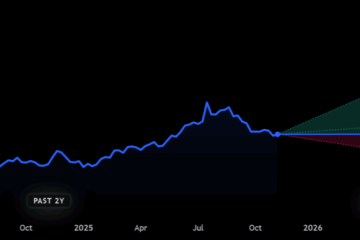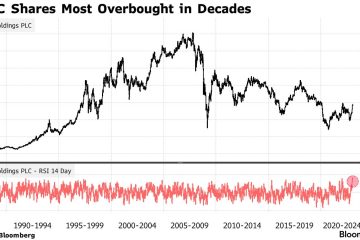Understanding the FTSE 250: Trends and Insights for 2023
Introduction
The FTSE 250 index, which measures the performance of the 250 largest companies on the London Stock Exchange not included in the FTSE 100, is a significant indicator of the health of the UK economy. Reflecting the mid-cap sector, the FTSE 250 offers insights into domestic and mid-sized companies, making it a crucial point of reference for investors and analysts alike. As we navigate through 2023, understanding the movements and trends within this index is more relevant than ever, especially in the current economic climate characterized by fluctuating interest rates, inflation, and geopolitical tensions.
Current Performance
As of mid-October 2023, the FTSE 250 has shown resilience amid broader market volatility. The index recently recorded a gain of approximately 5% since the beginning of the year, outpacing many global indices in performance. This upward trend has been driven by strong earnings reports from several constituent companies, bolstered by rebounds in the hospitality and travel sectors following the easing of pandemic restrictions. Major players like Wizz Air and the Hotel Chocolat Group have reported impressive growth, helping to enhance investor confidence.
Sector Analysis
Among the sectors represented in the FTSE 250, the travel and leisure segment has witnessed considerable recovery, benefiting from pent-up consumer demand. In contrast, the utilities and energy sectors have struggled due to ongoing concerns over energy prices and supply disruptions caused by global conflicts. Analysts suggest that investors should closely monitor these sectors as shifts in global energy policy and consumer spending continue to evolve.
Impact of Economic Factors
The recent decision by the Bank of England to raise interest rates has had a mixed impact on the FTSE 250. While higher rates often dampen economic growth, they also reflect increased confidence in tackling inflation, which can lead to a healthier economic environment longer-term. However, analysts warn that excessive interest rate hikes could stifle consumer spending and investment, affecting the growth trajectory of mid-cap companies.
Conclusion
In summary, the FTSE 250 continues to reflect the dynamics of the UK’s economic landscape, displaying resilience in the face of challenges. As we look ahead to the remainder of 2023, investors and businesses should remain vigilant to both domestic and global influences on this index. Predicting the future performance of the FTSE 250 requires an understanding of various economic indicators, sector health, and geopolitical developments. This index not only serves as a barometer for mid-cap stock performance but also as a microcosm of the broader UK economy.









